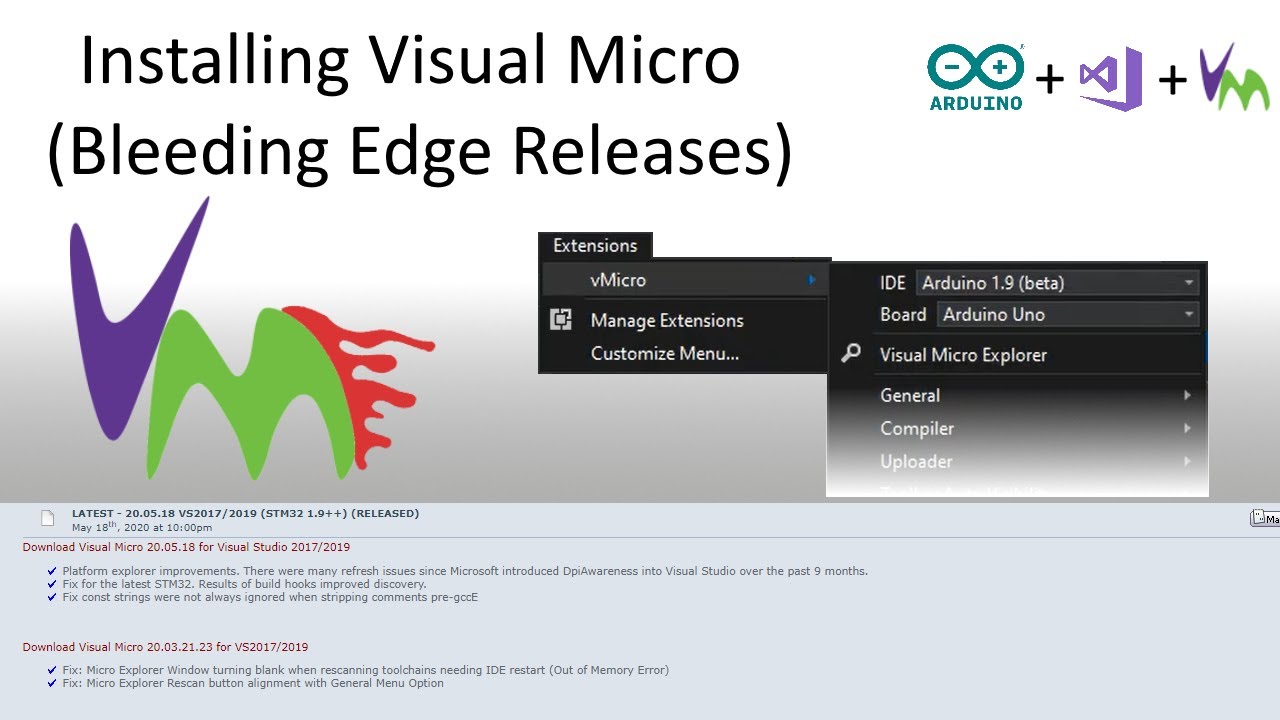

Think, for example, about the difference in color schemes between a Best Buy ad (deep blues, bright yellows) and a Fall catalogue for J. However, you'll find that most sophisticated designs tend to use muted/desaturated colors.įinally, the advice we’ll leave you with (besides "go pick up a few dozen books on color theory") is this: just like we have certain culturally-loaded sensibilities when it comes to font choices, the same is often true for color. Perhaps it's because we liked the brightest-colored crayons as children. One of the common mistakes that beginning designers make is using highly-saturated colors (which is another reason the red-on-blue thing didn’t work above). But by watering the brush down, and dabbing just the tiniest bit of yellow, you got something of a more faint, muted yellow. If you really scrubbed your brush around in the yellow paint, you’d get a deep, bright yellow. You might think back to when you painted with watercolors as a child. Saturation is how much of a color there is. Part of what’s at issue with these colors-the black versus the grays, the muted versus bright yellows-is the idea of saturation. That's why red is typically used on everything from stop signs and stop lights to warning labels and fire alarms. Worse than that, red is culturally-coded to jar us (just like the bulls at the Plaza de Toros). But another problem with this palette is the fact that blue and red do not have much contrast from one another-they are roughly the same brightness.
VISUAL MICRO TURN ON TEXT COLOR AND SUGGESTIONS FULL
The result is a literal "black hole" on the left side (remember, RED GREEN BLUE), and a glow on the right (since both the far-right BLUE element is full on, as is the far-left RED). But what happens in this case is the red element of the red areas of the screen is full on (leaving green and blue dark), and the blue element of the blue areas is full on (leaving red and green dark). Each pixel contains a red element, a green element, and a blue element (you can see this even better on a standard television set). Why? Computer screens are made up of tiny little boxes of light, called pixels.

If you move your face close enough to the screen, you'll notice an almost black outline at the left side of the characters, and a strange, almost white glow at the right. Part of the reason that this color combination (which appears more frequently on the Web than you can imagine) is so hard on the eyes has to do with how computer screens handle color information. However, results like that can be disastrous:Ĭan you read that? Not comfortably! Imagine an entire screen of text like that. Many beginning designers, however, find themselves overwhelmed by the palettes available on most comptuers, and begin choosing colors for the palette of their designed based on favorites. One of the more conservative choices, then, is to run black text over a neutral, light color like beige or even mint green. And when designing for the screen, white may not be the best choice-it can be almost blinding on certain monitors. However, black on white is not the most interesting use of color. That's why black text on white paper is so common: the contrast between black character and white space increases legibility. Basically, contrast deals with the brightness of one color relative to another-and contrast typically is pushed to its absolute envelope on the printed page. Please note that we are only scratching the surface by giving primary consideration to contrast.Ĭontrast is one of the most basic and critical choices for color. We will limit ourselves here to some basic ideas about color. There are thousands of books and Websites that cover the use of color from all sorts of practical and theoretical perspectives. These resources will help students and teachers better understand the use of visual elements for rhetorical purposes.


 0 kommentar(er)
0 kommentar(er)
